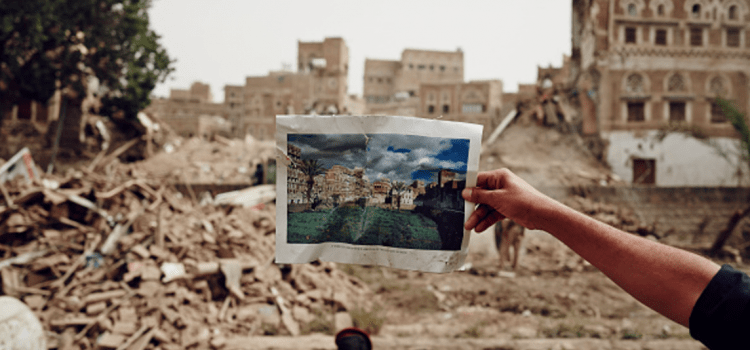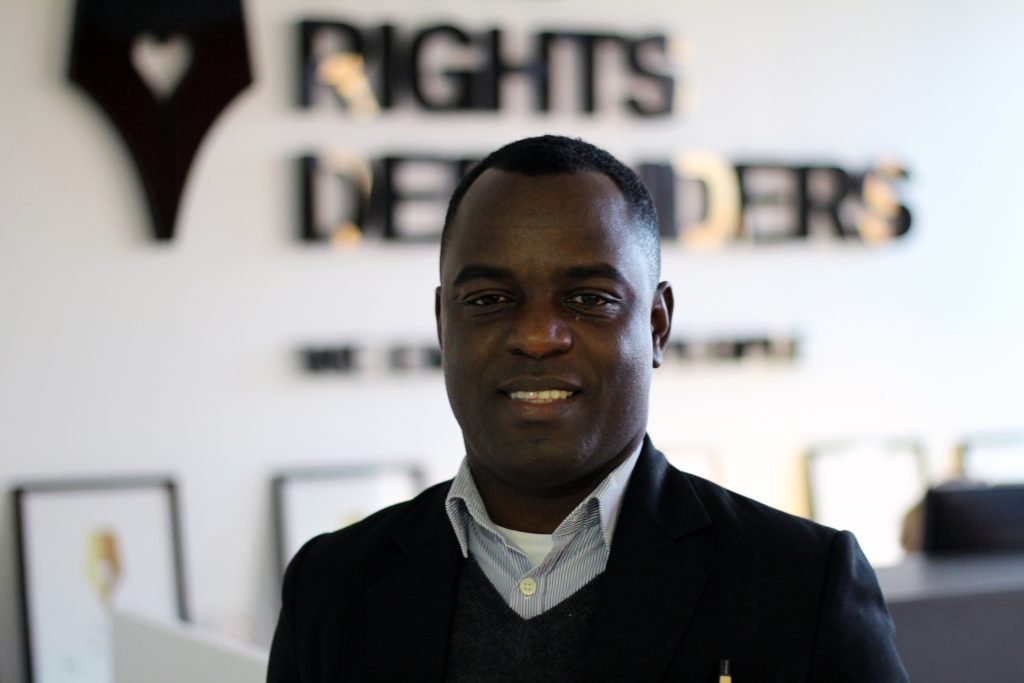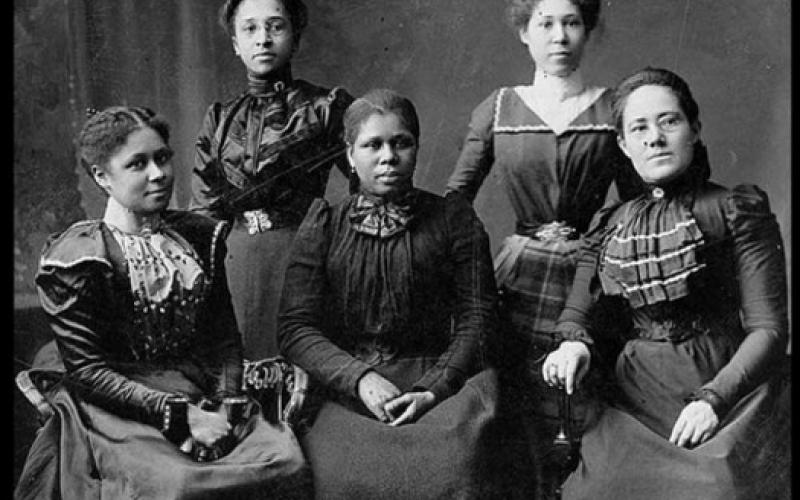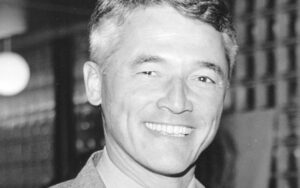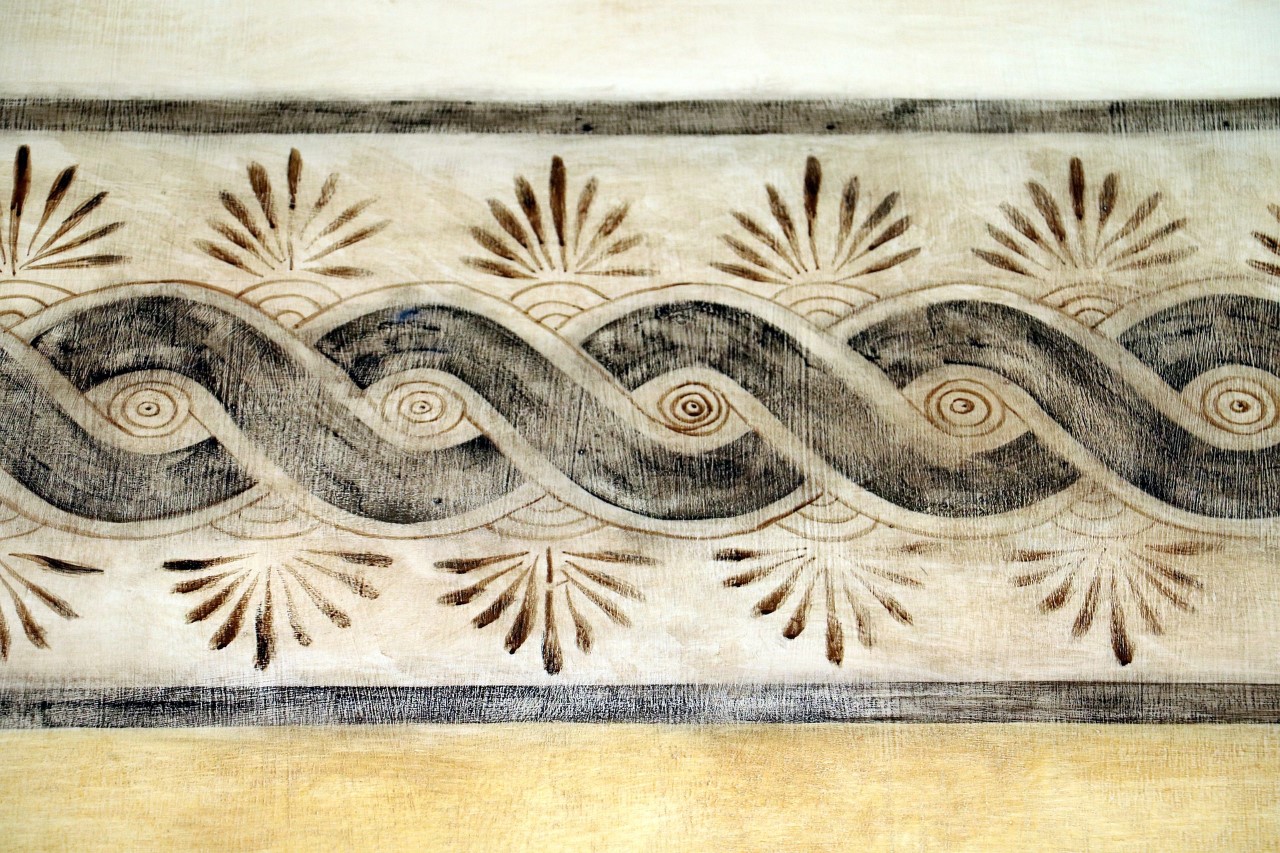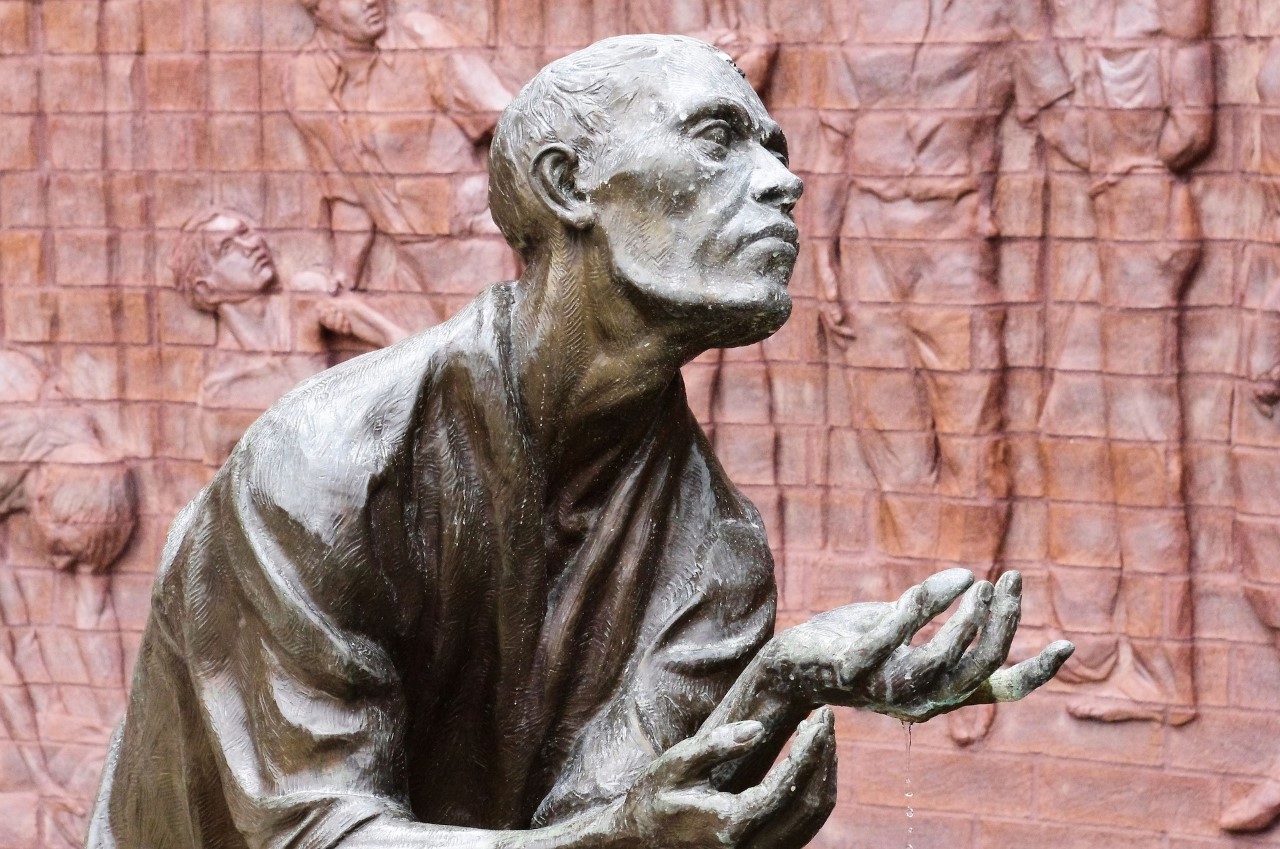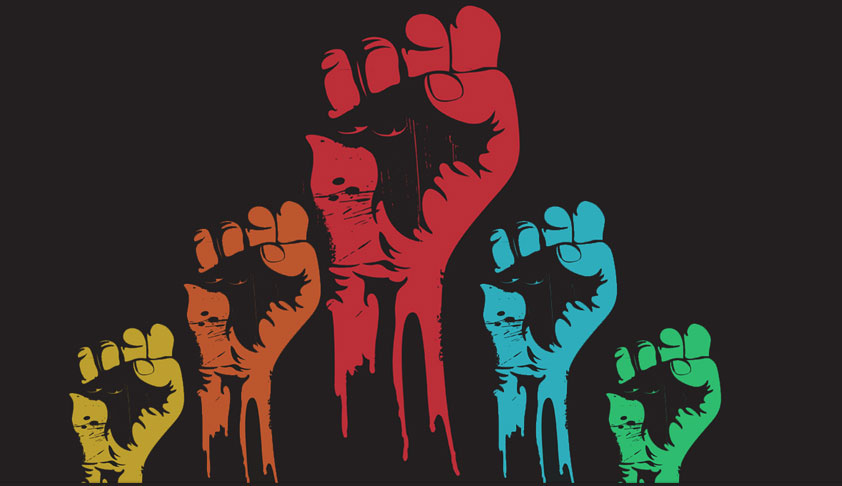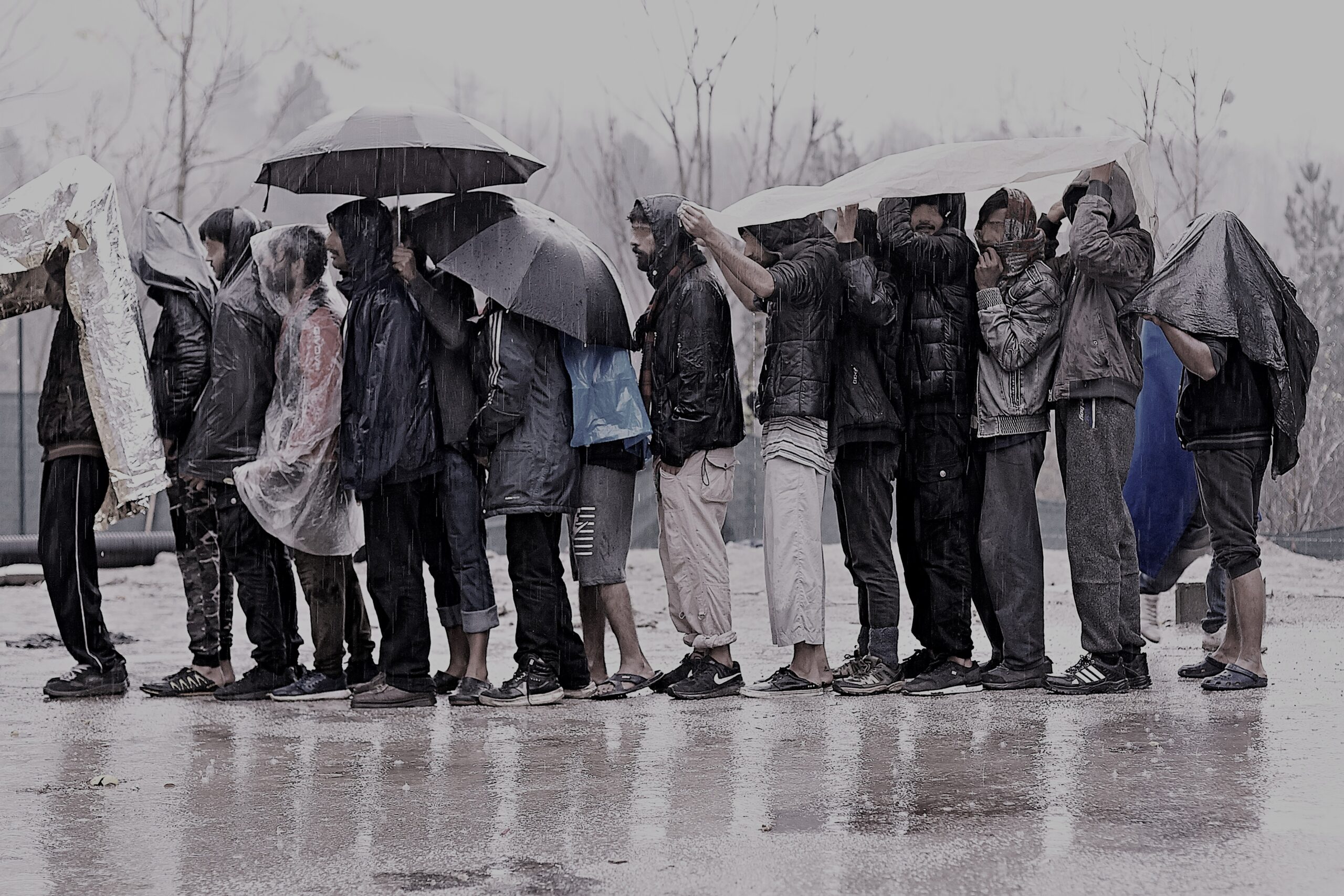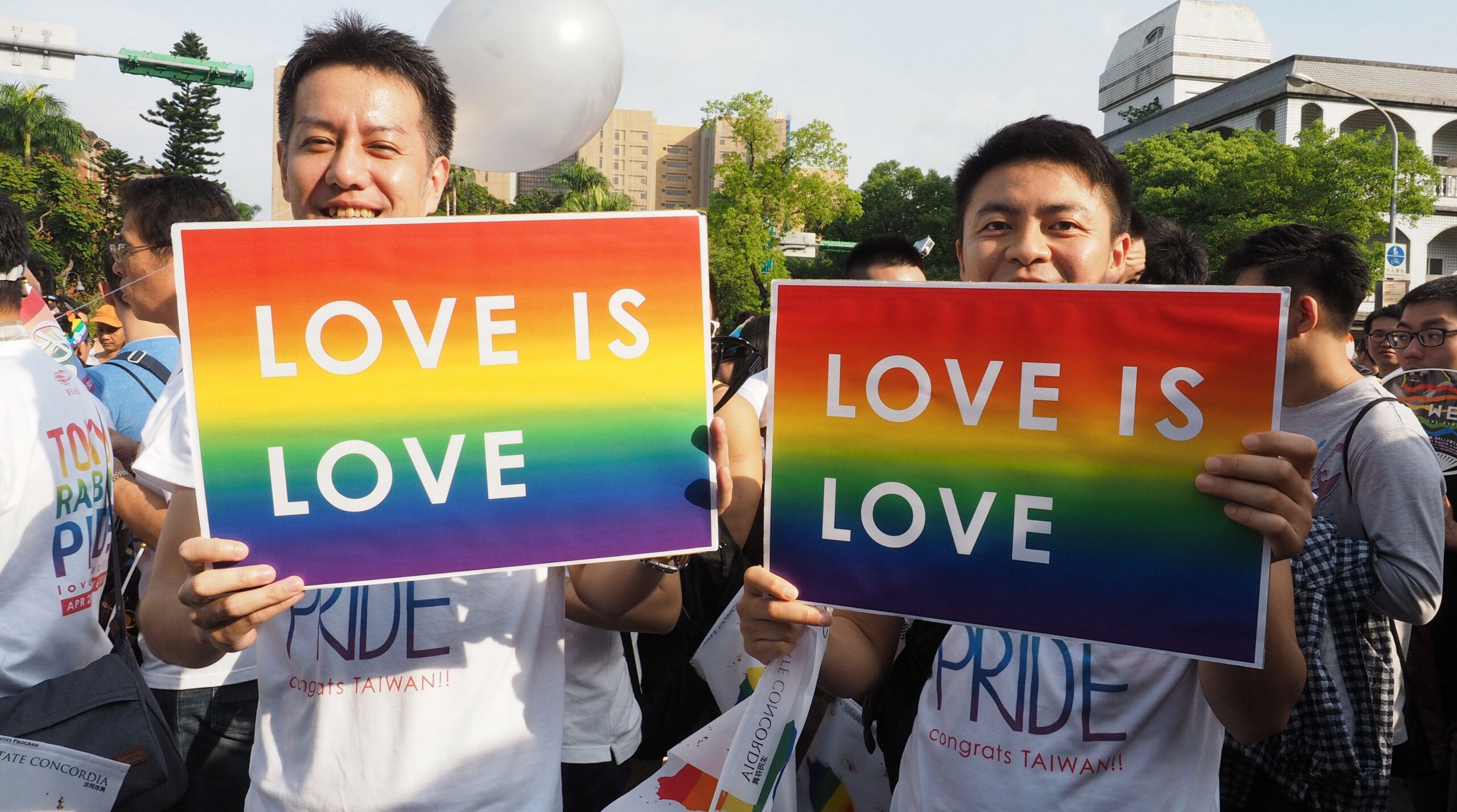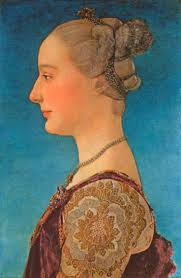
Claiming the gaze: Art as a transformative tool for female victims of human rights violations.
As girls and young women, we can stand up for our rights by expressing ourselves in different ways. Due to their ability to create visual interest and to promote solidarity, awareness and protest, artists in all artistic disciplines play a pivotal role in society by promoting human rights advocacy. Today, people rely heavily on technology and the media. As a result, it is important to send messages that contribute to creating a society that is respectful of everyone’s human rights. This is particularly true in South America, where real and symbolic violence against girls and women are serious issues at all levels.
Some authors (Gundmusson, 1997) have maintained that there is a link between a certain type of wisdom and artistic creation. From this perspective, an infringement of human rights typically arises from immaturity and ignorance rather than from the lens of the wisdom which artistic creation is founded upon. However, can artistic education and dissemination serve as an empowerment and human rights awareness tool? Two non-profit foundations in Argentina have tried to provide an answer.
The MACATA Foundation (“Women artisans of change through art” – its acronym in Spanish), is a non-profit organization, recently founded in Buenos Aires, Argentina. It is composed of women with different backgrounds and ages. Its members include plastic artists, musicians, lawyers, psychologists, cultural managers, architects, students, and accountants. The objective of this organization is to develop and stimulate communication through art. Through this form of communication the emotions of women who went through some form of submission, as protagonists or spectators, in acts related to the paradigms of patriarchy are channeled in a positive and powerful way.
These powerful women aim to create the means and tools to enable and enhance art as the main engine of expression of emotions, personal transformation and social change. This can be done by conducting art workshops that operate as places to learn and express oneself and at the same time transform the way in which the rights of women and diversity groups are being socially recognized. They also function as spaces of creation and innovation as well as reflection and empowerment in all disciplines (painting, sculpture, illustration, photography, dance, singing) to contribute to an inclusive society free of violence and discrimination. Above all, the main goal is to organize awareness events with a gender perspective, to help understand that inequality between genders is the product of a social construction and can be denaturalized.
In close relationship with the MACATA, we find the Valta Thorsen Foundation, founded in 2014, which is also a non-profit and non-governmental organization. Its motto is “Art as a tool for social transformation”. Its main objective is philanthropic as it intends to participate in cultural-educational initiatives, particularly, in a constructive way expressed in selfless help to others. In addition, the specific goal is to promote knowledge and adherence to culture by broadening the margin of social development. This is done mainly by supporting projects the content of which can contribute to improving the quality of life of the entire population, focusing particularly on the most vulnerable social groups.
Among their main specific objectives is to contribute to the professional and technical development of artists and their areas of expertise, strengthening-especially in children and adolescents- the ability to integrate with the environment in which they live, through creative processes and instilling a sense of leadership.
The combined effort of these two foundations represents a strong commitment to the dissemination of inclusive art in representation of every gender dimension. The emphasis is placed on those messages of girls and young women who have gone through situations of submission or abuse of power of any kind. The first project to be carried out together by these two organizations is the music festival “Women artisans of change” to be held in November in the city of Buenos Aires.
I consider it especially important to highlight the transformative potential of using artistic expression as a channel for those who have no voice in society: children and adolescents, young people in situations of violence, women in situations of vulnerability due to their age, economic or social conditions, ethnicity, religion or political ideas. Furthermore, it is of fundamental importance for children who have suffered situations of abuse and are too young to express themselves verbally to be able to communicate. Through their artistic expression, they may not only contribute to raise awareness but also perhaps begin to heal their wounds. In this regard, it is of paramount importance to recall that in accordance with the Convention on the rights of children, children and adolescents have the right to express their opinions and to seek, receive and disseminate information and ideas of all kinds (articles 12 and 13 of the Convention on the rights of the child).
In short, a work of art is a living entity, endowed with spiritual properties. It has a creative power because it is both an effect and the cause of the cultural progress of time. Moreover, it can be a powerful tool to express the views and voices of those who are in a difficult situation and, in doing so, contribute towards a social change.

